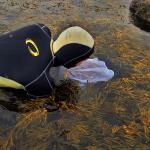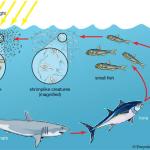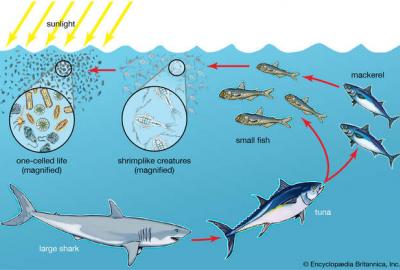Conservation and Management
The course focuses on the major issues and problems related to management and conservation of living resources. A multidisciplinary approach will be used to address the different issues, based on lectures, seminars and reading and discussion of key papers. Familiarity with key issues and problems facing management and conservation of marine resources. Ability to think critically and evaluate different approaches and solutions to problems. This course is part of the fisheries specialization track of the Master of Science in Aquaculture and Fisheries.
Course content
The syllabus of this course is reviewed every year, depending on the evolution of the situation of marine resources, management and conservation solutions: Historical evolution of fisheries management. Changing objectives and methodologies. Stock assessment and fisheries management: tools available and the decision-making process. Available tools. Impacts of fishing on the genetic and population structure. Fishing and evolutionary pressures. Changes in ecological balance. Fisheries and marine biodiversity. Marine Protected areas in the context of fisheries management. Artificial Reefs. Restocking and stock enhancement. Conservation of marine exploited resources in the face of ongoing climate change. Ecosystem-based management (EBM). Balanced harvesting and culling. Integrated coastal management (ICM). Illegal, Unreported and Unregulated (IUU) Fishing. Ethical issues in fisheries. Conciliating exploitation and conservation of marine resources; elements for a sustained and responsible fishing activity. The course is organized in 4 units: The first unit (THE BASIS OF MANAGEMENT AND CONSERVATION OF EXPLOITED MARINE RESOURCES) includes themes 1 to 2 and its objective is to expose the students to technical and historical aspects of the management of marine living resources. The second unit (FISHERIES AND ECOSYSTEMS) covers themes 3 to 5 and is dedicated to the impact of fisheries in ecosystems at different levels: individuals, (Approved) populations and ecosystems. The third unit (MITIGATION MEASURES AND MANAGEMENT SOLUTIONS), includes themes 6 to 12 and explores the solutions proposed to mitigate and reverse the negative effects of resource exploitation. The fourth unit (SOCIO-POLITICAL ISSUES IN FISHERIES MANAGEMENT AND CONSERVATION) includes the remaining themes, 13 to 15 and explores socioeconomic and ethical aspects of resource exploitation.
Final competences
- Understanding the problems associated with the exploitation, management and conservation of living marine resources.
- Develop a capacity to critically evaluate solutions presently available for management and conservation.
- Understanding of the importance of a multidisciplinary approach to management and conservation, taking into consideration biological, social, economic, historical and ethical aspects.
Further course information can be found here: https://studiekiezer.ugent.be/2026/studiefiche/en/C004242






